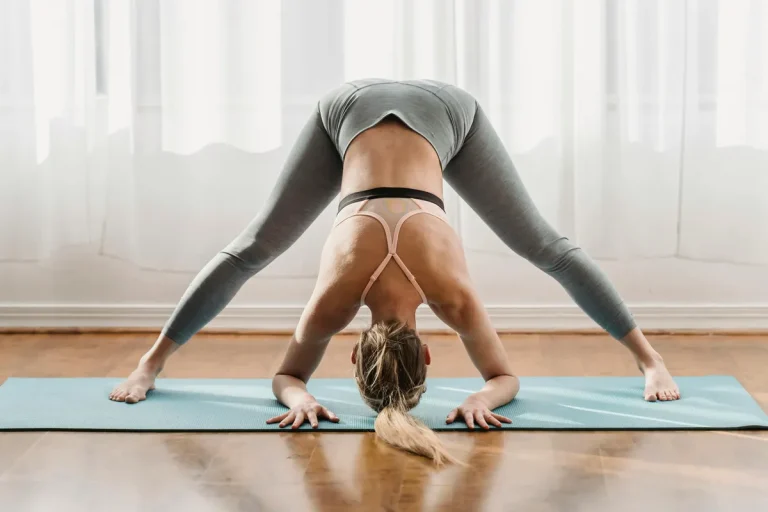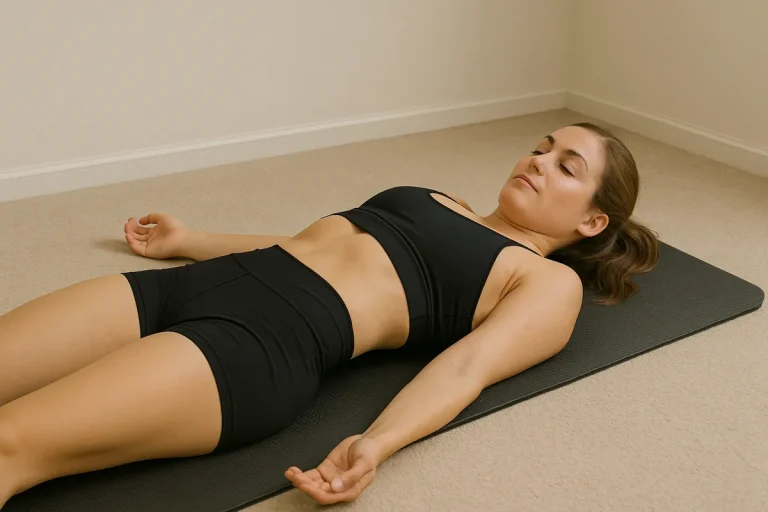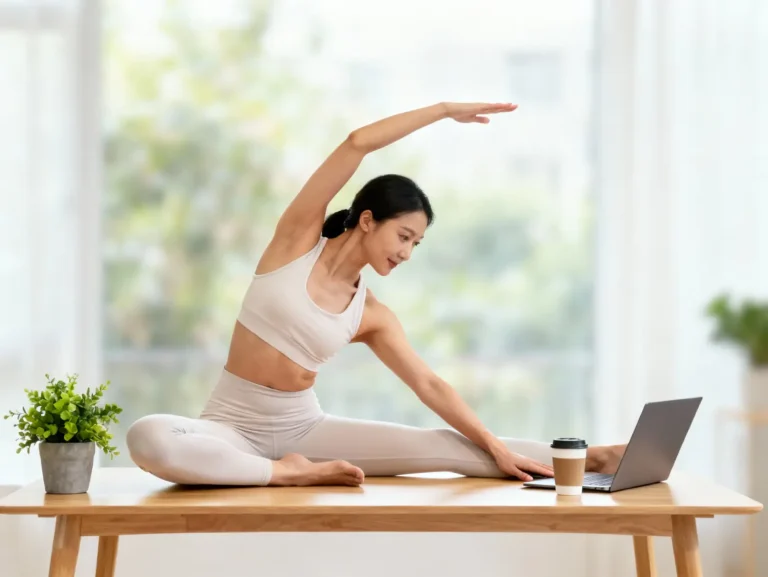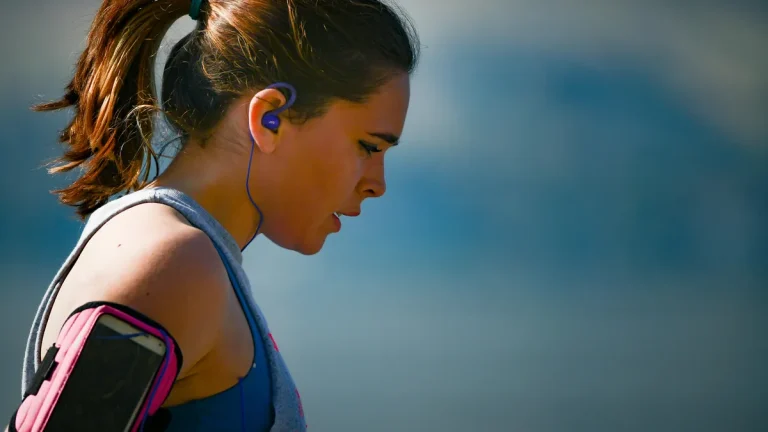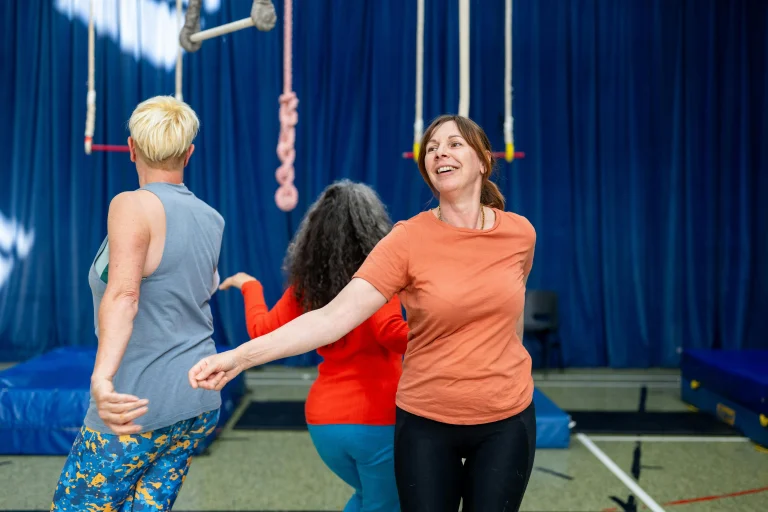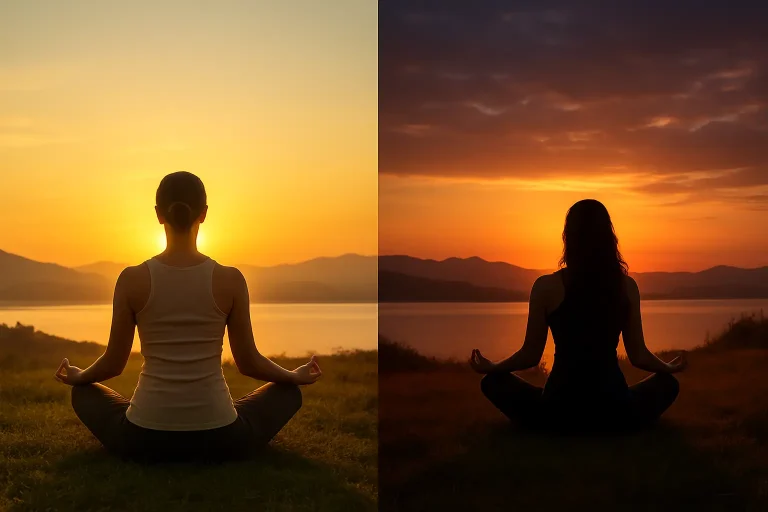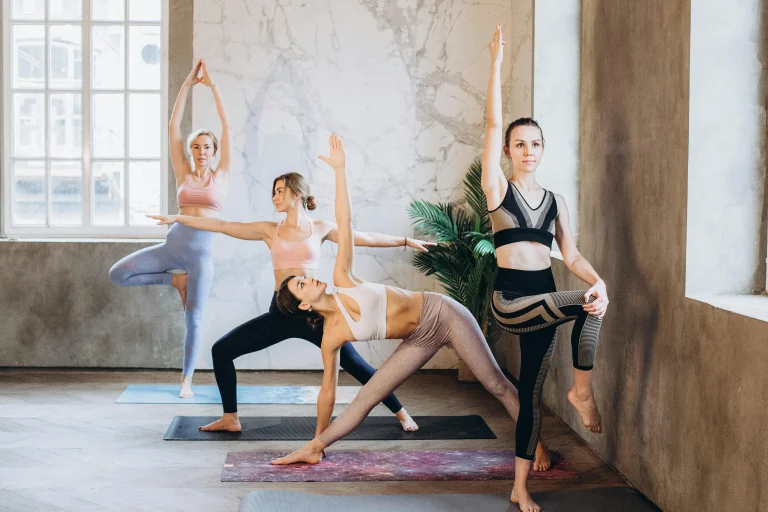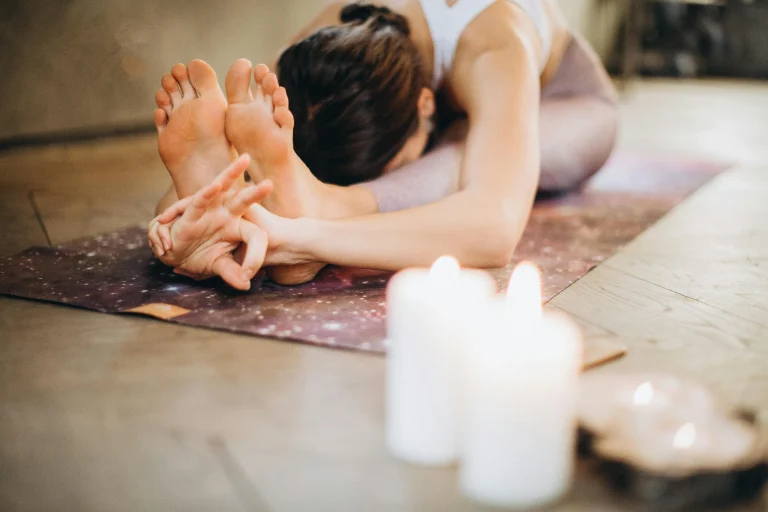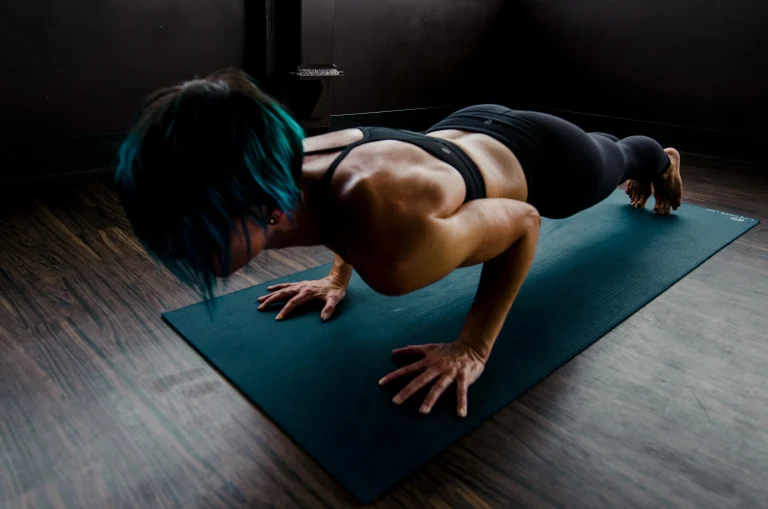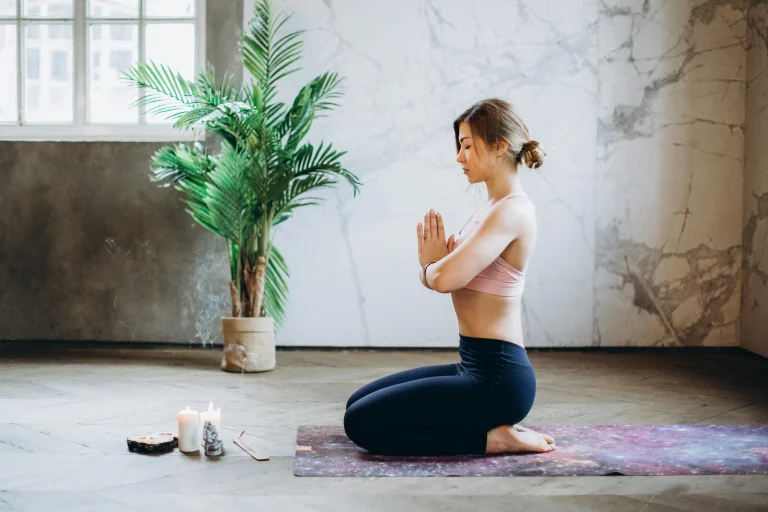Asana refers to the physical postures practiced in yoga. Each pose is designed to build strength, flexibility, and awareness.
- Examples include Downward Dog, Warrior II, and Child’s Pose.
- Asanas are often sequenced to create flow, balance, or therapeutic effect.
- Proper alignment and breath are key to unlocking the full benefits of each pose.
Asana practice is not about achieving perfect shapes — it’s about exploring how your body moves and feels.

